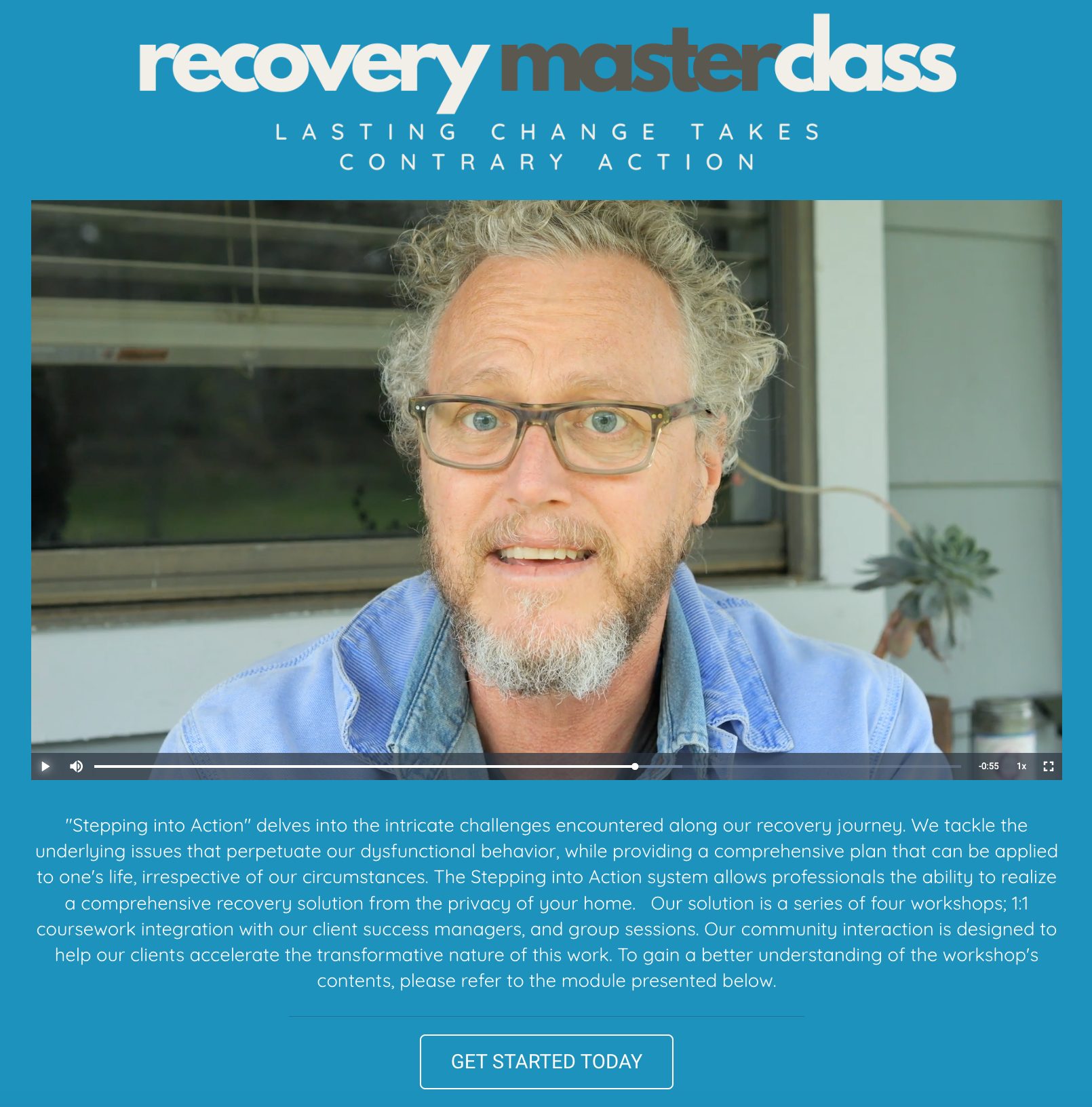Yes, alcoholism can indeed lead to other substance abuse, a phenomenon commonly referred to as polysubstance abuse. There are several reasons why individuals
struggling with alcoholism might also engage in the use of other substances: - Cross-Addiction: Individuals with an addiction to one substance may be more
susceptible to developing addiction to others. This susceptibility can stem from a combination of genetic, psychological, and social factors that contribute to
addiction generally.
- Self-Medication: People suffering from alcoholism may use other substances to manage withdrawal symptoms or the psychological
distress associated with alcohol abuse, such as anxiety, depression, or sleep disturbances. For example, they might use stimulants like cocaine or amphetamines
to combat the depressive effects of alcohol, or opioids and benzodiazepines to enhance the sedative effects.
- Social and Environmental Factors:
Environments where substance use is normalized can facilitate the use of multiple substances. For instance, social settings or peer groups where drugs are
readily available and substance use is normalized can increase the risk of polysubstance abuse.
- Tolerance and Seeking Enhanced Effects: As tolerance to
alcohol builds, individuals might seek out other substances to achieve enhanced or more desirable effects, which can lead to the use of additional substances
like marijuana, cocaine, or hallucinogens.
- Mental Health Disorders: Dual diagnosis, where an individual has both a substance use disorder and a mental
health disorder, is common in people with alcoholism. In such cases, individuals might use multiple drugs in an attempt to self-medicate the symptoms of their
mental health disorder. The interaction of alcohol with other substances can increase the risk of overdoses, compound the negative health effects, and make
recovery more complex. Treatment for polysubstance abuse often requires comprehensive approaches that address all substances the individual is using, as well as
underlying psychological and social factors.

